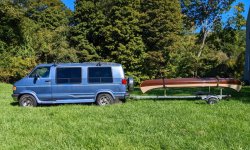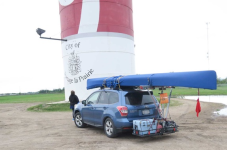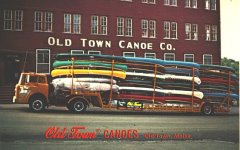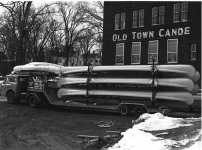I have recently purchased a brand new canoe, a rarity for me. It is a Northstar in Blacklight layup and is beautiful. I have already put my first very small scratch on it and figure that more will come with use.
Since it is still relatively pristine, I am debating getting a canoe cover (Red Leaf/Bag Lady style) to protect the canoe while travelling. I have never used a canoe cover and I have never noticed damage to a canoe from riding on my racks, but the shiny new Blacklight exterior would seem to show damage should it appear. I know racers often use the to protect their craft while travelling, but I wonder if it is a worthwhile investment for a general purpose canoe that will probably get scratches over time anyway?
What are your thoughts on this subject?
Since it is still relatively pristine, I am debating getting a canoe cover (Red Leaf/Bag Lady style) to protect the canoe while travelling. I have never used a canoe cover and I have never noticed damage to a canoe from riding on my racks, but the shiny new Blacklight exterior would seem to show damage should it appear. I know racers often use the to protect their craft while travelling, but I wonder if it is a worthwhile investment for a general purpose canoe that will probably get scratches over time anyway?
What are your thoughts on this subject?





